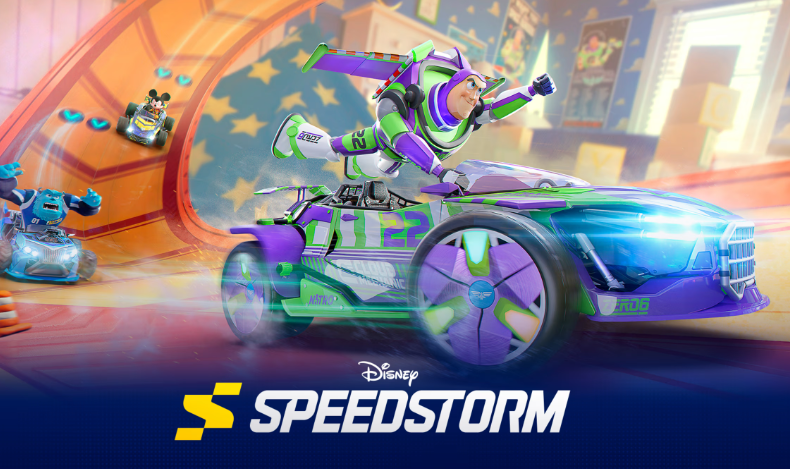In early 2023, gamers using older Windows operating systems received disappointing news: Steam, the popular gaming platform, would be ending support for Windows 7, Windows 8, and Windows 8.1 in 2024. This decision has left many users confused and frustrated, wondering why Steam has chosen to drop support for these older operating systems. In this article, we will explore the reasons behind Steam’s decision and discuss the implications for users still running Windows 7, 8, and 8.1.
The Incompatibility Issue
According to Valve, the company behind Steam, the primary reason for ending support for Windows 7 and 8 is the incompatibility with an embedded version of Google Chrome. Steam relies on this version of Chrome to provide its user interface, which includes features like the Steam store, library, chat, and community. However, Google Chrome dropped support for Windows 7 and 8 in early 2023 due to Microsoft’s decision to end updates and technical support for these operating systems.
Without the latest version of Google Chrome, Steam cannot function properly on older Windows versions. Furthermore, the upcoming versions of Steam will require Windows features and security updates that are only available in Windows 10 and later. This means that users running Windows 7, 8, and 8.1 may experience compatibility issues and security risks while using Steam and its games on their PCs.
The Deadline to Upgrade
Valve wasted no time in implementing this change, giving gamers a strict deadline to upgrade their operating systems. Starting from January 1st, 2024, Steam will officially stop supporting Windows 7, 8, and 8.1. After this date, existing Steam client installations on these operating systems will no longer receive any updates, including security updates. Steam Support will also be unable to provide technical assistance for issues related to these outdated operating systems.
To ensure the continued operation of Steam and the games available on the platform, users are strongly encouraged to upgrade to a more recent version of Windows. While Steam and its games may continue running on unsupported operating systems for some time after the deadline, Valve cannot guarantee their functionality. Therefore, it is crucial for users to take action and update their operating systems to avoid any interruptions in their gaming experience.
Windows 10: The Recommended Upgrade
For users currently running Windows 7 or 8, the recommended upgrade is to Windows 10. Fortunately, this upgrade is relatively simple and, in most cases, free for Windows 7 and 8 users. Microsoft offered a free upgrade to Windows 10 that never expired, allowing users to update their computers without any additional cost.
Upgrading to Windows 10 will ensure that users can continue enjoying Steam and its vast library of games without any compatibility issues. It provides the necessary Windows features and security updates required by the latest versions of Steam. Additionally, Windows 10 has proven to be a stable and widely-used operating system, making it a reliable choice for gamers.
Windows 11: A More Restrictive Option
While upgrading to Windows 10 is the recommended course of action, some users may consider upgrading to Windows 11. However, this option comes with more stringent hardware requirements compared to Windows 10. To upgrade to Windows 11 from Windows 7 or 8, users must have a TPM 2.0 chip, a 64-bit processor, and a DirectX 12 compatible graphics card, among other system requirements.
Before proceeding with the upgrade to Windows 11, users should ensure that their computers meet the minimum requirements. Microsoft provides a compatibility checker tool that can assess whether a system is eligible for the Windows 11 upgrade. It is essential to verify compatibility before initiating the upgrade process to avoid any potential issues or performance limitations.
Exploring Alternatives
For those who prefer not to upgrade their Windows operating system, there are alternative platforms to consider. Linux and macOS are two viable options that support Steam and offer a wide range of games in their libraries. Many users have successfully used these platforms to play Steam games without any major issues.
It is worth noting that while most games run smoothly on Linux and macOS, some titles may not be fully optimized for these operating systems. Additionally, certain features and functionalities may be limited compared to Windows. Therefore, it is advisable to check system requirements and game compatibility before purchasing or playing games on alternative platforms.
Conclusion
In conclusion, Steam’s decision to drop support for Windows 7, 8, and 8.1 is primarily due to the incompatibility with an embedded version of Google Chrome and the reliance on Windows features and security updates available in Windows 10 and later. Users still running these older operating systems will no longer receive updates or technical support from Steam after January 1st, 2024.
To ensure uninterrupted access to Steam and its games, users are encouraged to upgrade to Windows 10 or later. Alternatively, Linux and macOS are viable options for those who prefer not to upgrade their Windows operating system. Regardless of the chosen path, it is crucial to consider compatibility and system requirements before making any changes to ensure a seamless gaming experience.







